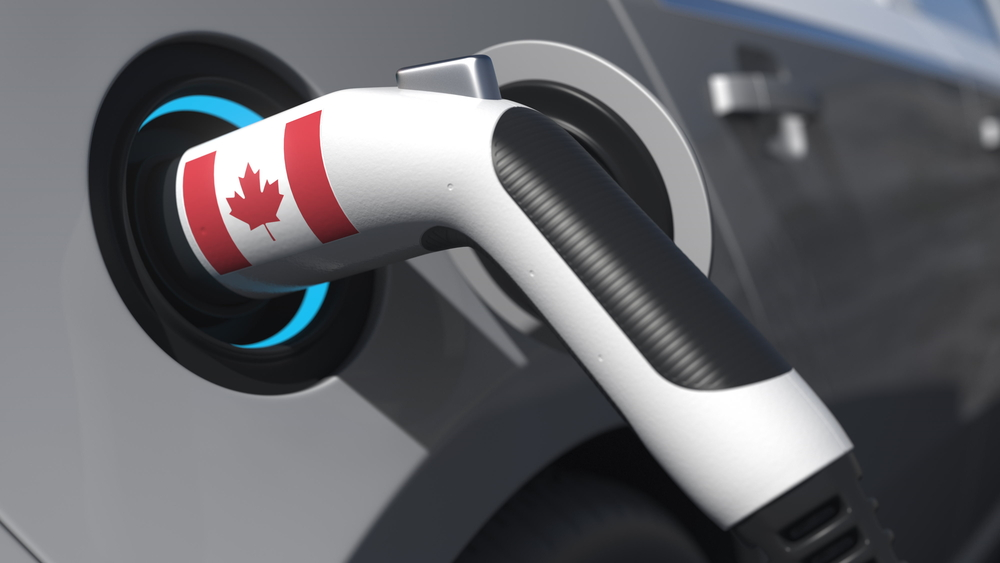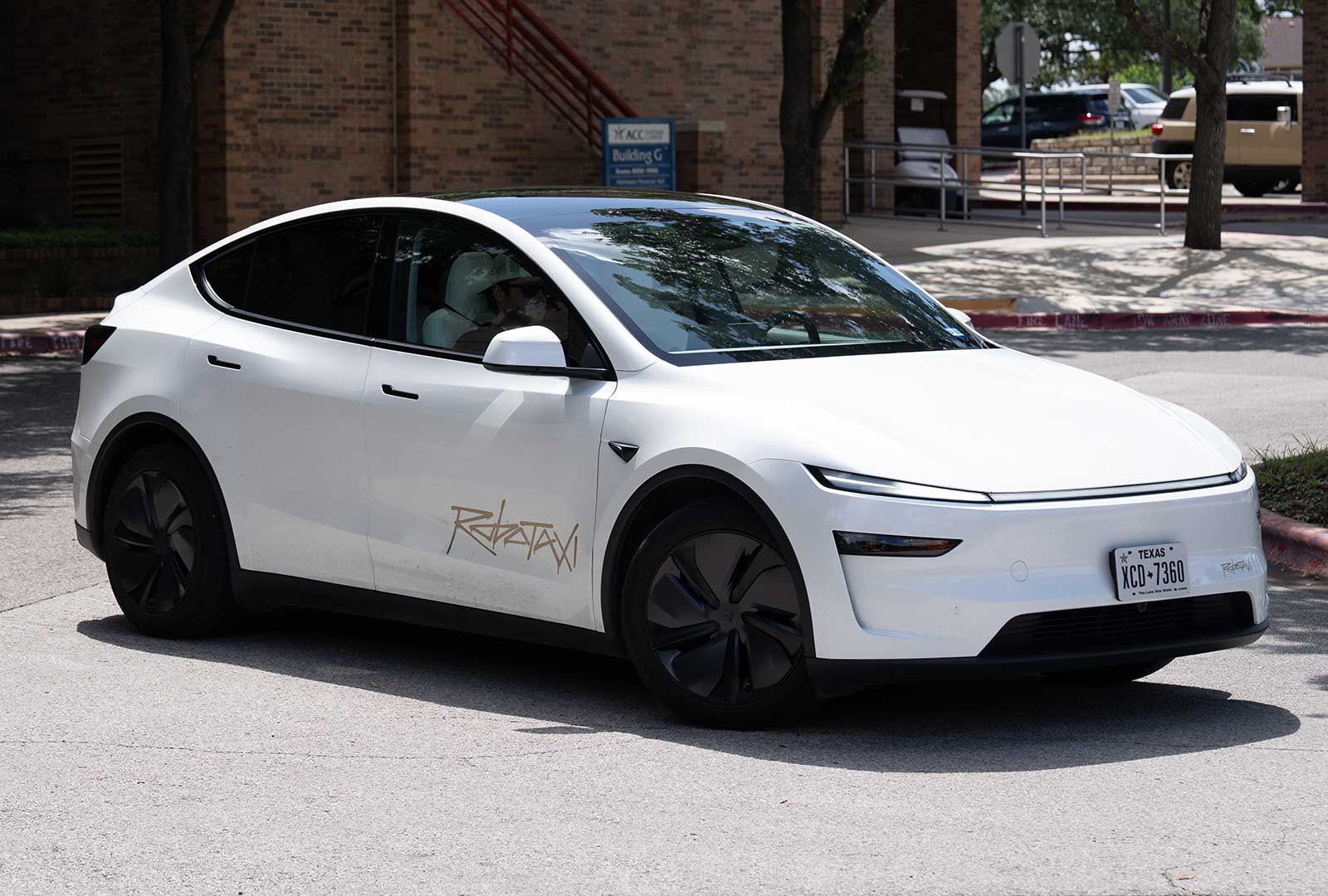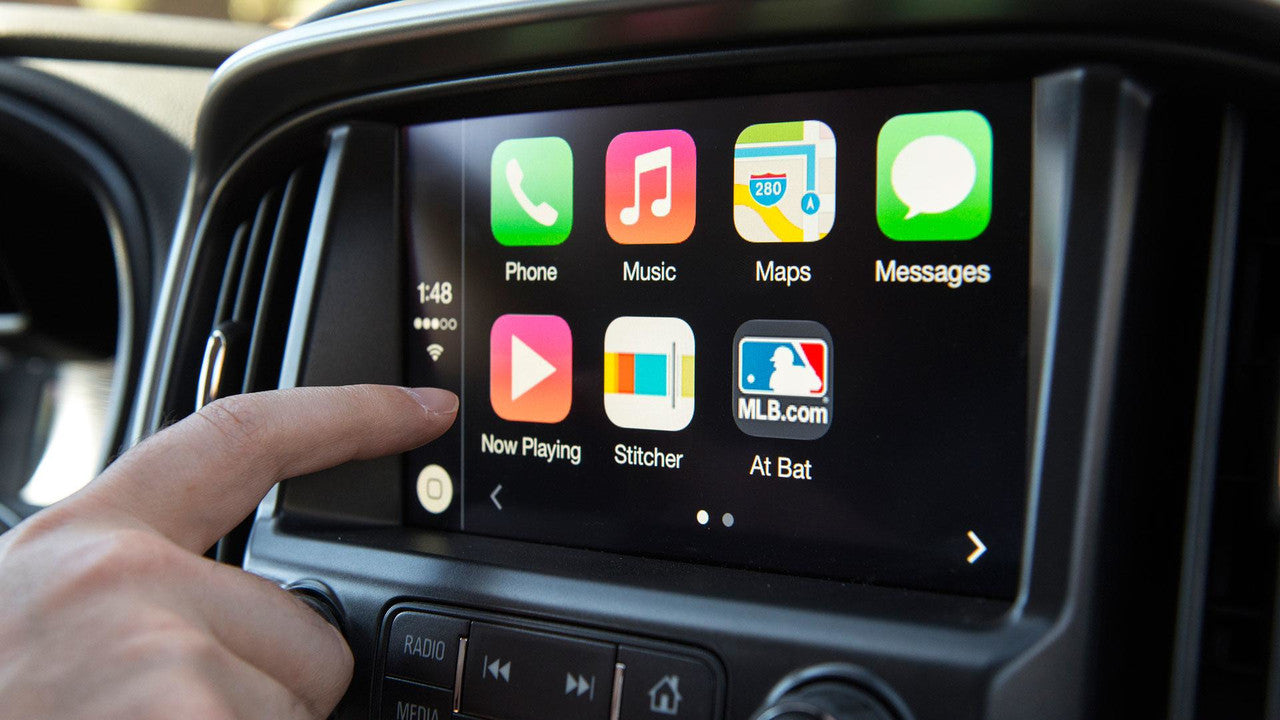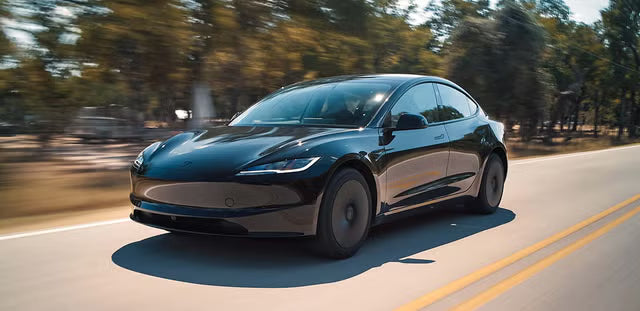Content Table
Which electric vehicles are eligible for the federal government rebate program?
How much of an EV rebate can I get?
How do I receive the federal government’s EV rebate?
How long will these incentives be available?
Higher upfront costs can be an obstacle for those looking to buy an electric car, or an “electric vehicle” (EV). money on gas and lowering your carbon footprint is alluring, but fitting an EV into your budget may be hard. Luckily, Canada’s commitment to achieve net-zero emissions by 2050 means federal and provincial rebates might be available to you to ease the stress of these up-front costs on your wallet.
Which electric vehicles are eligible for the federal government rebate program?
Canada’s Incentives for Zero-Emission Vehicles program, or iZEV, provides government rebates for “zero-emission vehicles”. It’s possible to drive these vehicles without emitting any tailpipe emissions (that is, greenhouse gases or other criteria pollutants) into the atmosphere.

Officially, there are three types of ZEVs eligible for rebates:
- Battery-electric vehicles (BEVs)are fully electric, and need an external power source to be recharged. This is considered the most-efficient option. The average driving range of a BEV is around 350 km.
- Plug-in Hybrid electric vehicles (PHEVs)are primarily powered by a battery that can be charged by an external power source, just like BEVs. The difference is they also have an internal combustion engine powered by fossil fuels. The battery can power the PHEV for moderate distances, around 60 km on average. It’s worth noting that this type of EV can be more expensive up-front, and its complexity may mean more repairs and maintenance.
- Fuel cell electric vehicles (FCEVs)are powered by hydrogen gas, a lower-emission alternative to oil that emits only water vapour and warm air. FCEVs may be an attractive option because, unlike other EVs, they take only around five minutes to charge. However, these tend to be the most expensive EV options.
Note: If the manufacturer’s suggested retail price (MSRP) of your vehicle is greater than $65,000, you may not receive a federal government rebate on your purchase.
How much of an EV rebate can I get?
The amount of the government rebate depends on the type of ZEV.
Long-range EVs, defined as travelling over 50 km solely on the battery, are eligible for up to $5,000 in point-of-sale rebates. That includes fuel cell electric vehicles and battery-electric vehicles.
Shorter-range EVs, like plug-in hybrid electric vehicles, are eligible for rebates of up to $2,500.
Medium and heavy-duty ZEVs (iMHZEV) are vehicles that exceed 8,500 lbs, which include electric trucks, shuttles, minivans and tractors. The incentives for these models range between $10,000 for the smaller vehicles to $200,000 for industrial-sized trucks for businesses.
You can search Transport Canada’s list of eligible vehicles to see the specific point-of-purchase incentives available.
How do I receive the federal government’s EV rebate?
The rebate is applied during the sale of the EV - you’ll see it subtracted from the total amount on your bill of sale, or the lease agreement. Your dealer will include the purchase taxes and fees before the incentive is applied, but you’ll get the full incentive amount.
If your EV fails to meet all of Canada’s Motor Vehicle Safety Standards, or if you have already received a government incentive to purchase an EV in the last year, you might not receive the federal government incentive.
How long will these incentives be available?
At a federal level, the Incentives for Zero-Emission Vehicles program continues until March 31, 2025 - or when the program’s funding is exhausted.
Recommend Reading: The Unplugging of Canada’s EV Rebates: Implications for Policy, Markets, and Climate Goals








Share:
Hyundai EV owners can now receive a Tesla NACS adapter for free
Hyundai Ioniq 5 vs. Tesla Model 3: Charging Speed Showdown with NACS Integration